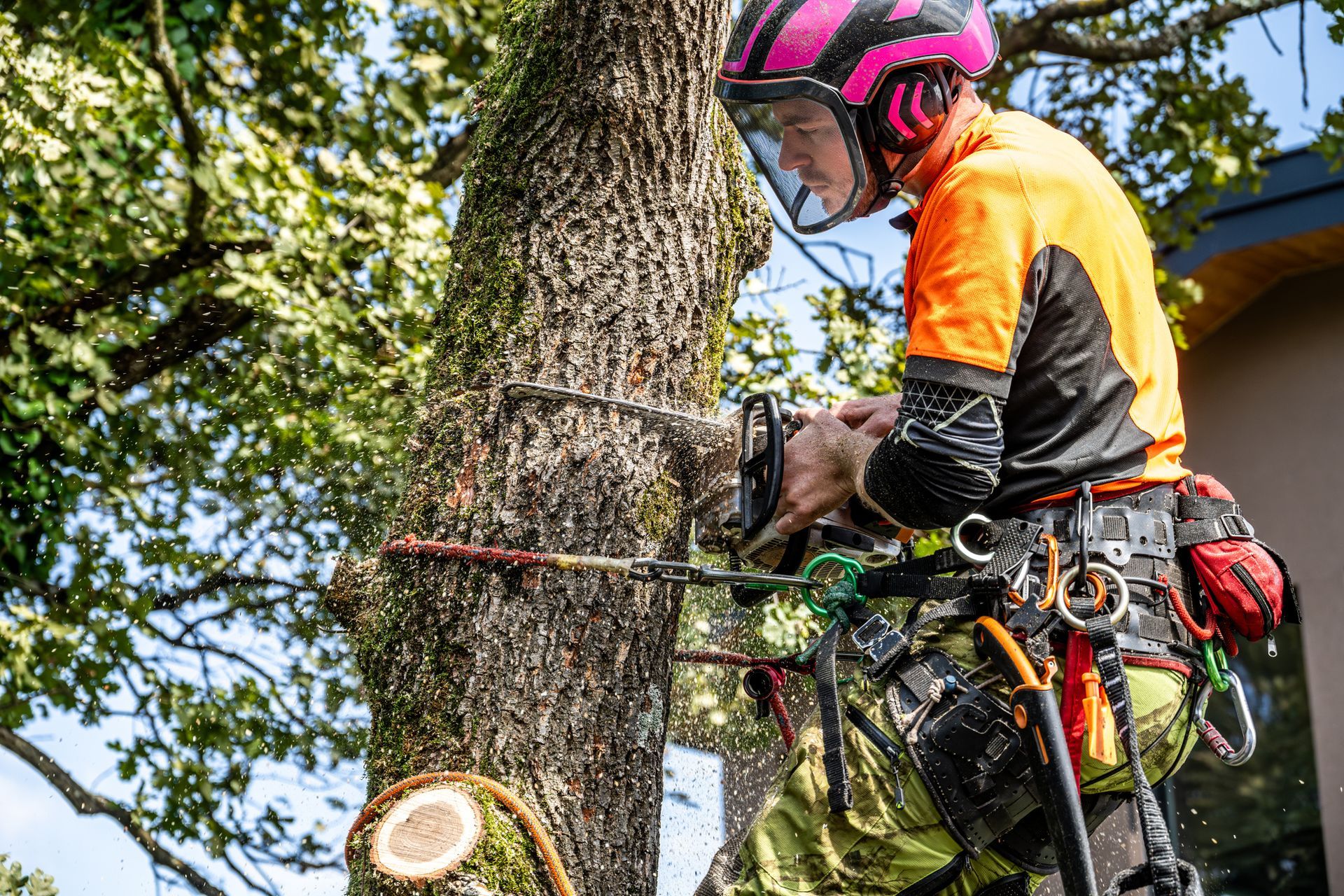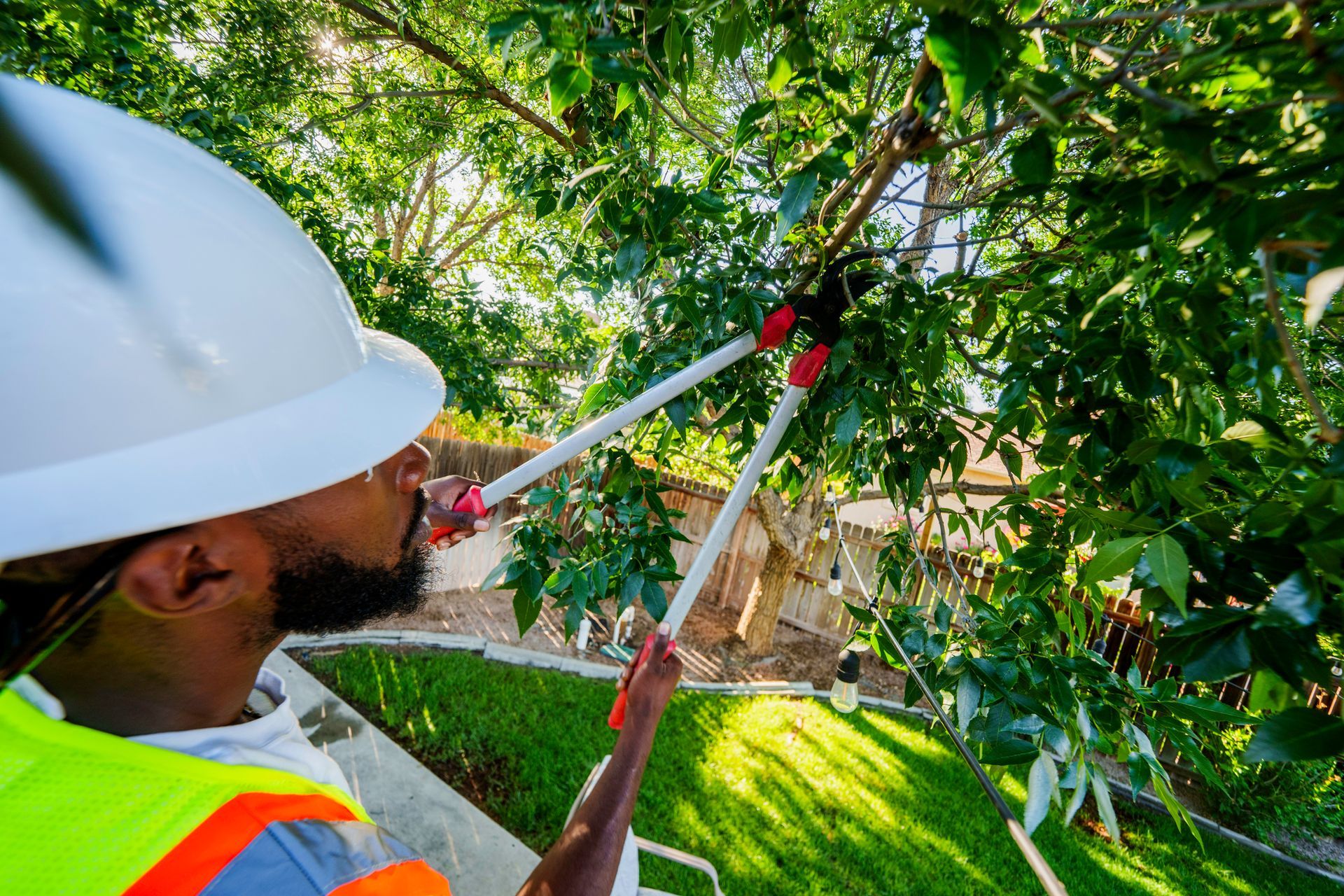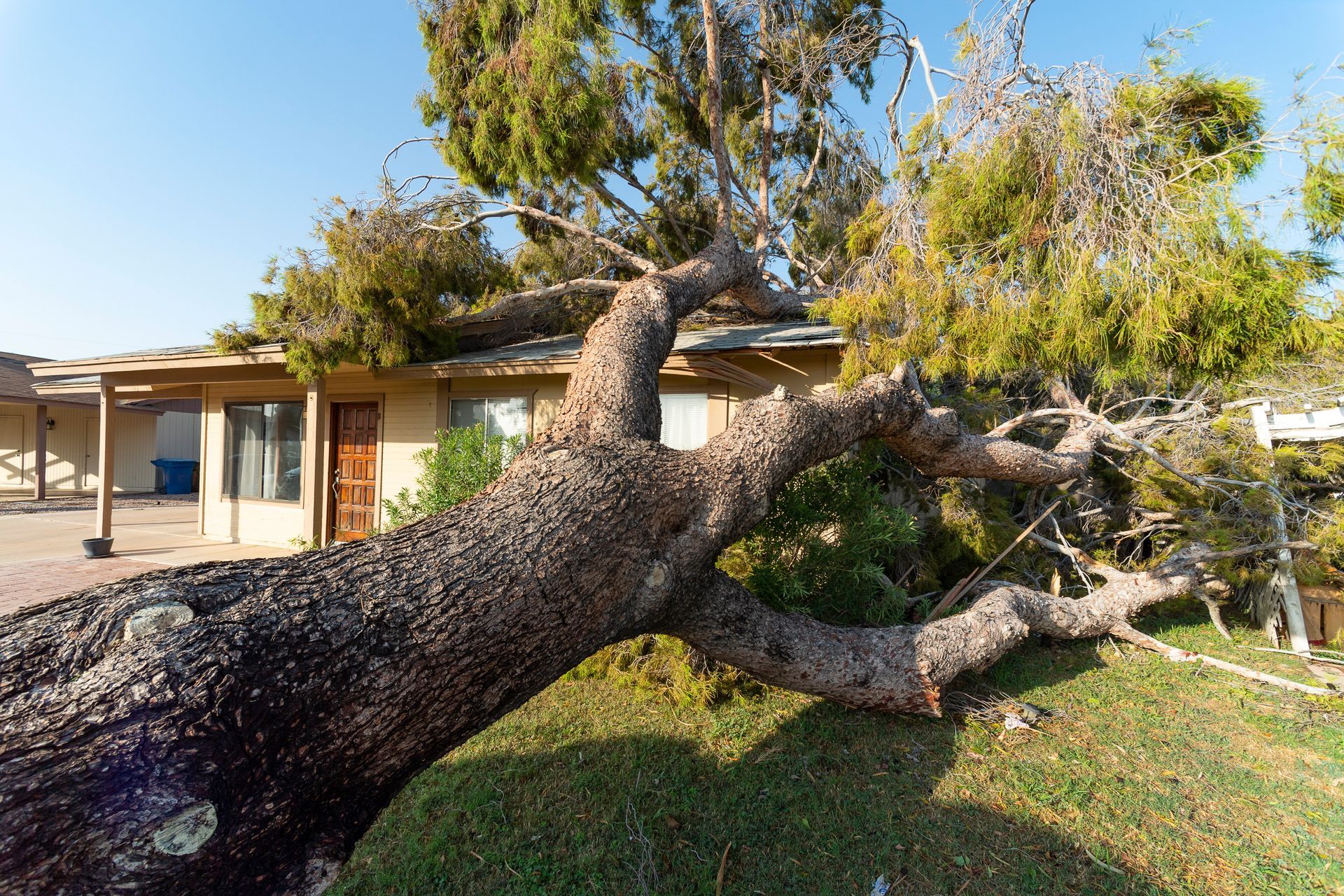Tree Removal vs. Tree Pruning: When to Cut and When to Save

For homeowners in Olympia, WA, deciding between
tree removal in Olympia, WA, and tree pruning can be a daunting task. Double D Tree, LLC, is here to help you make an informed decision. In this article, we will explore the fundamental differences between tree removal and tree pruning and provide clear decision-making criteria to help you determine the best course of action for your landscape.
Understanding Tree Removal: A Last Resort
Tree removal is often deemed a necessary action when the condition of the tree poses risks to people, property, or the ecosystem. This process involves completely removing a tree from its location, roots and all. Homeowners usually consider removal under the following circumstances:
- The tree is dead or dying and cannot be saved.
- The tree is severely damaged by storms, infestation, or disease.
- The tree poses a significant risk to property or safety due to its location.
- The tree’s roots threaten the foundation of nearby structures or utility lines.
Dead or Dying Trees
A dead or dying tree is a serious concern for homeowners. Besides contributing nothing to the ecological balance or aesthetic appeal of your property, dead trees pose a falling hazard that could endanger lives and damage property. Tree removal is often the only solution to mitigate these risks and maintain a safe environment.
Storm Damage and Infestation
Severe storms can wreak havoc on landscaping, leaving trees damaged and vulnerable. Infestation by pests like termites or diseases such as root rot further compromises tree health. If the damage is extensive and the tree cannot recover, tree removal becomes necessary to prevent further spread and ensure cleanliness of the area.
Risk to Property and Safety
Trees positioned precariously close to homes, garages, or sidewalks pose a significant safety hazard. Falling branches can lead to injuries or property damage. Moreover, trees with extensive root systems can destabilize the soil and impact building foundations. Here, tree removal is often the most effective long-term solution to avert such dangers.
Root Encroachment
Roots expanding towards utility lines or foundations can represent a severe risk. Tree roots have massive strength capable of puncturing pipelines and causing structural instability. Tree removal often becomes the preferred option when the damage caused by root encroachment is irreversible, assuring permanent relief from such problems.

Tree Pruning: Routine Maintenance
Tree pruning is a regular maintenance activity that involves the selective removal of branches to improve the tree’s health, appearance, and safety. Unlike tree removal, pruning is done to preserve and enhance a tree’s well-being. Homeowners typically opt for pruning for these reasons:
- To remove dead or diseased branches that could harm the tree.
- To promote new growth and improve overall tree structure.
- To enhance the tree’s aesthetic appeal and ensure it complements the landscape.
- To prevent potential hazards by removing overhanging or obstructive branches.
Removing Damaged Branches
Pruning damaged or diseased branches can significantly improve a tree’s health. By cutting off these parts, homeowners can prevent the spread of disease and pest infestations. Tree pruning strengthens the overall structure and resilience of the tree, ensuring better growth and longer life.
Promoting New Growth
Selective pruning encourages new growth and opens up the tree canopy, allowing sunlight and air to penetrate deeper. This not only aids in healthier growth but, in certain cases, can rejuvenate older trees. Routine maintenance through tree pruning fosters strong branches and leaves, contributing to overall improved structural integrity.
Enhancing Aesthetic Appeal
Proper pruning techniques can shape trees to match homeowners’ aesthetic goals. Whether aiming for a picturesque look or simply managing size and space, tree pruning helps achieve landscape harmony. It ensures the tree contributes positively to the visual appeal of the property.
Preventing Hazards
Overhanging branches or low-hanging limbs can pose risks to people, vehicles, and buildings. Regular tree pruning keeps these potential hazards in check, ensuring safety for all. It’s a preventive measure that addresses immediate risks while promoting future growth. Knowing
when not to prune your trees
is also vital to their overall health and longevity.
Decision-Making Criteria: Health and Safety
When considering between tree removal and tree pruning, the health and safety of the tree and surrounding environment are paramount. Here’s a guide to assistance in decision-making:
Assessing Tree Health
A healthy tree contributes significantly to the landscape’s beauty and ecological balance. Regular tree pruning can mitigate issues of ill health by removing damaged or diseased branches. However, if a tree is thoroughly sick, infested beyond recovery, or dead, tree removal might be necessary to prevent spreading diseases and falling hazards.
Evaluating Structural Integrity
Structural integrity concerns are also critical. A leaning tree, visible cracks, or compromised root systems might necessitate tree removal for safety reasons. By contrast, tree pruning can be performed to rectify minor structural issues, such as reinforcing stability through selective branch removal.
Proximity and Risk to Structures
The tree’s location is another critical factor. Trees growing too close to homes, garages, or utility lines may necessitate tree removal to prevent damage. Roots encroaching on foundational structures or branches threatening power lines signify potential hazards that cannot be resolved by pruning alone. Alternatively, tree pruning can manage less severe risks, such as overhanging branches, without necessitating full tree removal.
Long-Term Landscape Goals
Landscaping plans should also guide the decision process. Those aiming for a particular look or ecosystem might favor tree pruning to shape and control growth. Conversely, tree removal might be imperative to create space for new plantings or structures that better fit the homeowner’s long-term landscape vision.
Making the Right Choice
Tree removal and tree pruning serve distinct purposes. Tree removal is a crucial step usually taken when there’s no viable alternative due to health, safety, or structural concerns. Meanwhile, tree pruning is a pivotal maintenance practice enhancing the tree’s health and landscape harmony. By considering the tree’s health, structural integrity, proximity to structures, and long-term landscape goals, homeowners can confidently decide on the appropriate service.
Discover Expert Tree Services in Olympia
Ready to protect and enhance your landscape? Consult the professionals at Double D Tree, LLC, today for expert advice and services. Whether you need tree removal or tree pruning, they are committed to ensuring the health and safety of your trees and property.
Contact Double D Tree, LLC, in Olympia, WA, for all your tree care needs and schedule an evaluation today!

